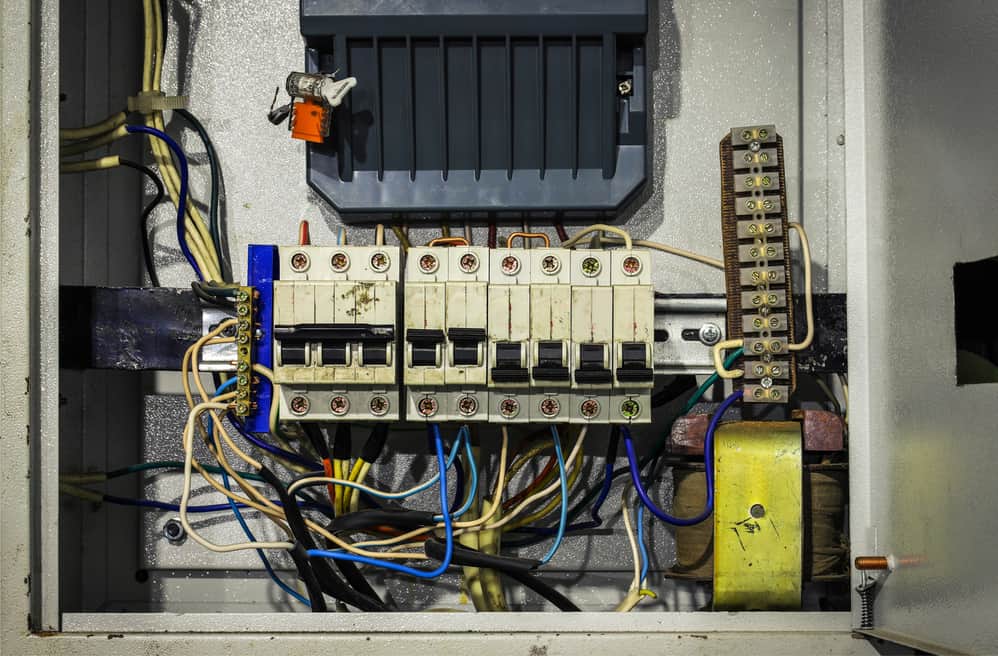Portable generators provide a reliable backup power source during outages or emergencies. Properly connecting a portable generator to your home circuits is crucial for safety and efficiency. This article will guide you through the process of connecting a portable generator to your home, highlighting the best options and necessary steps.
Best Option: Interlock Kit
What is an interlock kit?
An interlock kit is a device that prevents the main breaker and the generator breaker from being turned on simultaneously. It ensures that your generator and the utility power cannot feed electricity to your home at the same time, preventing backfeeding.
Advantages of using an interlock kit
Interlock kits are relatively inexpensive and easy to install compared to other options. They allow you to use your home’s main electrical panel to distribute power from the generator. Interlock kits provide flexibility in selecting which circuits to power during an outage.
Installation process
Choose the correct interlock kit, inlet box, and adapter for your main panel. Install the inlet box near the main electrical panel and connect it to the generator using a power cord. Mount the interlock kit on the main panel and connect the generator breaker to the inlet box.
Another Option: Manual Transfer Switch
What is a manual transfer switch?
A manual transfer switch is a subpanel that switches preselected breakers from utility power to generator power during an outage. It isolates the selected circuits from the main panel, ensuring safe and efficient power distribution.
Advantages of using a manual transfer switch
Manual transfer switches provide a safe and code-compliant way to connect a portable generator to your home. They eliminate the risk of overloading your generator by allowing you to preselect the circuits to be powered. Transfer switches offer a straightforward way to switch between utility power and generator power.
Installation process
Select the appropriate manual transfer switch based on your generator’s capacity and the circuits you want to power. Install the transfer switch near the main electrical panel and connect it to the selected circuits. Connect the transfer switch to the generator using a power cord and appropriate inlet box.
Tools and Materials Needed
- Safety gear (goggles, rubber gloves).
- Electric drill.
- Appropriate screws.
- Power inlet box.
- Pliers.
- Breaker interlock kit or manual transfer switch.
- Conduit and appropriate gauge wire based on generator capacity.
Step-by-Step Guide
- Determine your power needs and select the appropriate generator size. The Basics of Portable Generators Explained can help you understand the fundamentals of portable generators and how to choose the right one for your needs.
- Choose the best connection option (interlock kit or manual transfer switch) based on your preferences and local codes.
- Gather the necessary tools and materials.
- Install the inlet box or manual transfer switch near the main electrical panel.
- Connect the generator to the inlet box or transfer switch using a power cord and appropriate connectors.
- Test the system to ensure proper functioning and safety.
Conclusion
Connecting a portable generator to your home circuits requires careful planning and execution to ensure safety and efficiency. Interlock kits and manual transfer switches are two popular options, each with their own advantages and installation processes. By following the step-by-step guide and using the appropriate tools and materials, you can successfully connect your portable generator to your home.
Always prioritize safety and consult with a licensed electrician if you are unsure about any aspect of the installation process. Having a properly connected portable generator can provide peace of mind during power outages and emergencies, ensuring that you have a reliable backup power source for your essential appliances and devices. For more information on the best portable generators for home emergency use, check out our comprehensive guide.











Leave a Reply